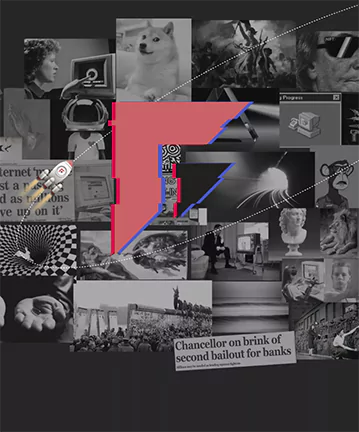I am, unabashedly, a virtual reality (VR) optimist. I’ve been an early adopter and investor in VR for several years now — occasionally quite alone in my convictions. But 2016 is increasingly looking like the year many more people hop on the bandwagon.
I like to say that people with opinions on VR fall into one of two camps: (1) those who have tried it and think it’s going to be the future, and (2) those who haven’t and are skeptical. In 90% of cases, that first demo can convert a No. 2 into a No. 1.
More conversions are coming in 2016. Both the Oculus Rift and HTC Vive have sold out their initial batches in less than 15 minutes. There’s now a headset at every price point:
Publications like the NYT and WSJ are promoting the medium. Brands like Coca-Cola and McDonalds have bought into the Cardboard give-away game. Actors like James Franco and Ben Stiller are creating in VR. Paul McCartney and Coldplay have performed live in it. The list goes on. All indicators look like 2016 will be the defining year for this technology, as it rolls out to consumers and is embraced by creators.
A few doubts still linger, however. The Information published a revealing article yesterday morning citing low engagement numbers, defined as DAU/MAU, on the Google Cardboard platform:
While it’s interesting data, I think it sort’ve misses the point of Google Cardboard, which is not engagement, but reach. Cardboard was not designed for habitual use. (It lacks a head strap, for instance.) The content ecosystem is also immature, so it would be unfair at this point to expect VR to have the long-term engagement you get from a social media or video streaming app. Imagine if Netflix only had a couple hundred videos in it, and a good portion of them made you nauseous. VR has a lot of work to do to build critical mass in content, but the leading indicators are that it will get there in the next year or so.
The function Cardboard plays in the VR ecosystem is to provide that first taste of what is possible. According to Google, it is fulfilling that function phenomenally well — with 5M units shipped and 25M downloads of VR-capable apps to date. As the Rift, Vive, and whatever headset Google is working on reach the market this year, more of us will be exposed to comfortable VR experiences that drive long-term engagement and ultimately encourage content creators to complete the virtuous cycle of building for the medium.
At Lightspeed, we are incredibly excited about the potential of VR as the next major consumer computing platform and are investing significant time (and capital) in it. We’d love to speak with you if you’re one of the intrepid souls building a company in the VR ecosystem. Feel free to reach out to me (ataussig@lsvp.com) or any of my partners and tell us what you’re working on!
Thanks to my partners Aaron Batalion and Jeremy Liew for reading a draft of this post.
Authors



